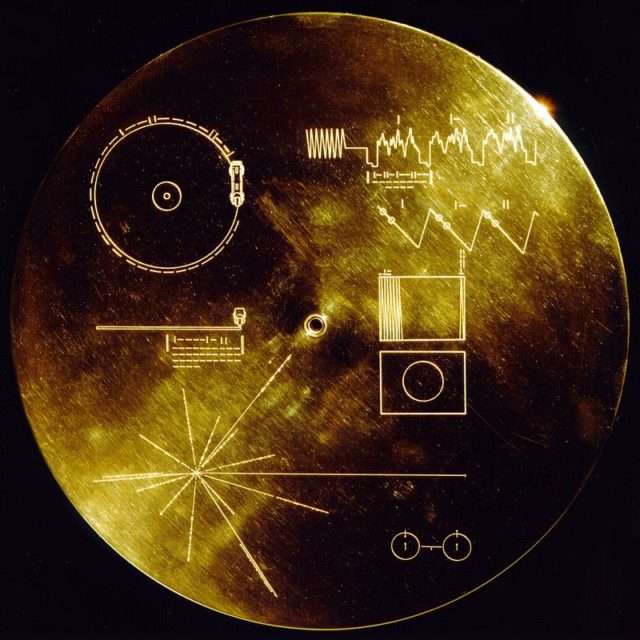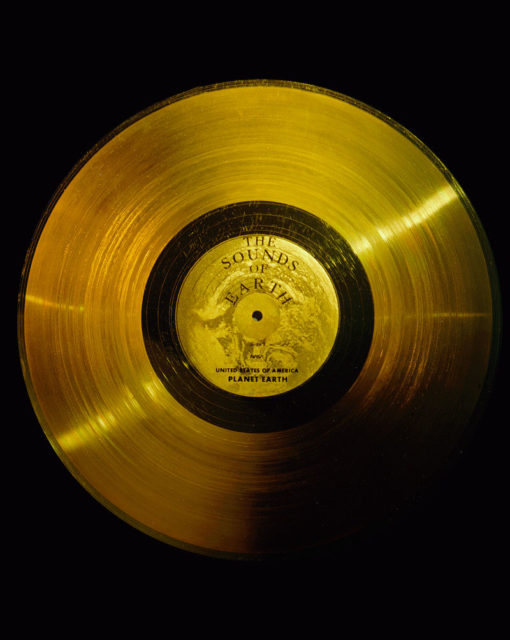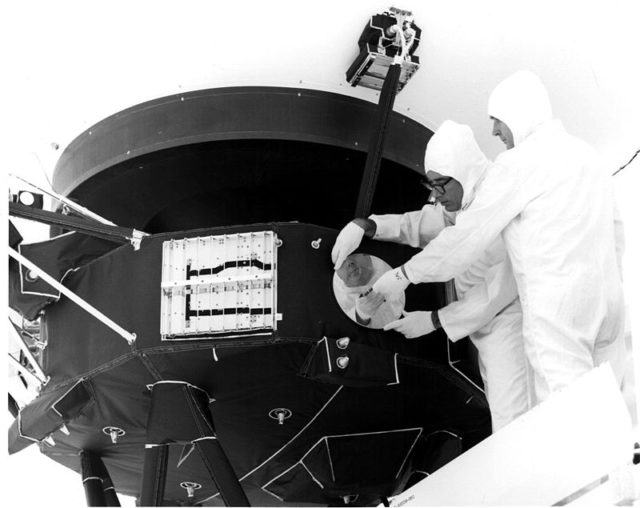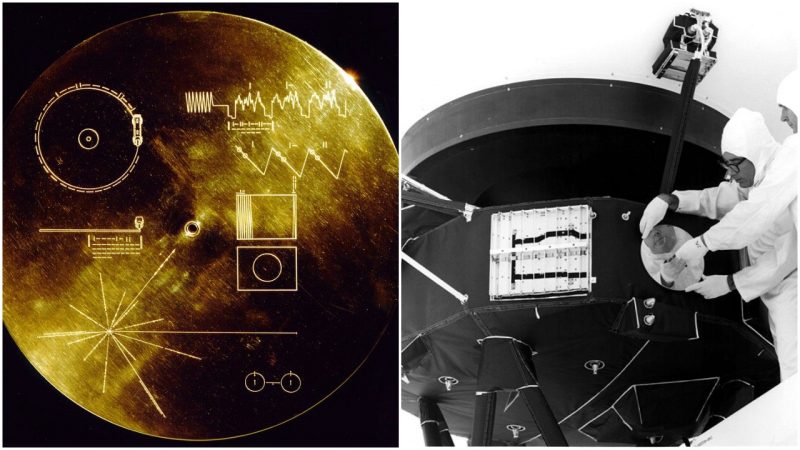The Voyager program is an American space exploration program that started in 1977. Two robotic probes, named Voyager 1 and Voyager 2, were launched from the Cape Canaveral Air Force Station, and their original mission was to study the outer planets of the Solar system.
The probes had accomplished their tasks and sent loads of valuable data back to Earth, and afterward, they proceeded towards the fringes of the Solar System. Their trajectories were separately calculated to let them gather enough speed to drift into interstellar space.

Voyager 1 entered interstellar space sometime during 2013 and is the only human-made object that left the Solar System. Many instruments aboard the probe are obsolete, and some are no longer functional, but the probe continues to send data back to Earth. Researchers estimate that Voyager 1’s radioisotope thermoelectric generators will be able to power the probe’s instruments until at least 2025, and after that,the probe will be left on its own in the vastness of the unknown.
Although Voyager 1 is currently traveling at a staggering speed of 11 miles per second, it is estimated that it will pass by the star named Gliese 455 in the constellation of Camelopardalis in 40 000 years.

Humanity will most likely lose track of the probe’s whereabouts once its battery dies. However, if the probe ever encounters intelligent extraterrestrial spacefarers, they will be able to learn many things about Earth and humanity when they inspect the probe’s cargo.

Both Voyager 1 and Voyager 2 are equipped with the so-called “Golden Records” that were designed by a team of scientists led by Carl Sagan, the pioneer of space exploration. The Golden Records are phonograph records that contain a selection of sounds and images that portray the diversity of life on Earth. They also contain various language samples and information on how to locate Earth in the Solar System.
The Golden Records also include a small music library which includes many classical masterpieces and several pop hits of the 20th century. Sagan also wanted to include The Beatles’ song “Here Comes the Sun,” but the record company EMI declined, so intelligent aliens won’t be able to enjoy this song because of Earth’s copyright laws.

Voyager 1 will likely remain untouched for tens of thousands of years, and it may even outlive humanity.
Read another story from us: Anna Lee Fisher- The first mother in space
Perhaps it will stumble upon a distant intelligent world then and serve as a time capsule of an extinct civilization.
